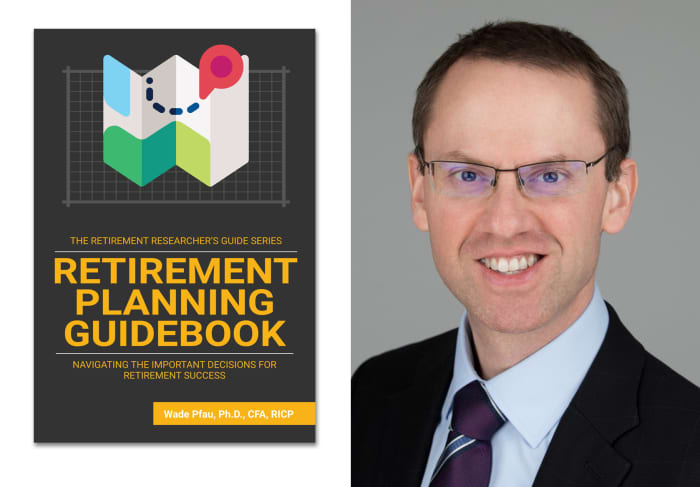Opinion: How to think through the risk of big expenses for long-term care
Wade D. Pfau
No retirement income plan is complete without a proper consideration of how to plan most effectively for potential long-term care expenses. However, this matter is often overlooked or avoided.
Many are unwilling to confront the questions and possibilities related to losing their own independence. Psychologically, no one likes thinking about the possibility of being unable to effectively handle the basic activities of daily living. It is a natural response to think this is something that only happens to other people.
The cost of long-term care (LTC) represents perhaps the most severe spending shock that can impact retirees. About half of retirees may be able to make it through retirement without facing even $1 of long-term-care expenses. But at the extreme, long-term-care costs can exceed $1 million. An expensive LTC situation involving years spent in a nursing home could derail an otherwise well-built retirement plan.
A lack of planning can create strains as long-term care expenses deplete household assets, bankrupt a surviving spouse, or add burdens for other family members who may end up making large sacrifices to provide care.
The default long-term-care plan will be to self-fund expenses until assets are depleted and to then transition into Medicaid. But there are other possibilities, including either a traditional long-term-care insurance (LTCI) policy or a hybrid policy combining long-term care with life insurance or annuities.
To better understand the options for long-term-care planning, the overall LTC cost can be defined as:
LTC Cost = LTC Expenses + LTCI Premiums – LTCI Benefits
This equation highlights that the overall cost of funding long-term care comprises the actual expenses for care plus any premiums paid for long-term-care insurance, less any insurance benefits received. For this formula, one may consider Medicaid payments as a type of insurance benefit that reduces out-of-pocket expenses. It is the net out-of-pocket expenses that matter.
Remember, Medicaid helps the poor and comes with its own restrictions and rules. Medicare, the source of health insurance for most people 65 and older, does not pay for long-term care.
Numerous considerations are involved in deciding between self-funding and using insurance. These include age, health, ability to receive help from family or friends without overburdening them, wealth levels and how they may relate to Medicaid qualifications, legacy objectives, risk tolerance related to the financial impact of unknown long-term-care costs, and the costs and benefits of different types of insurance.
This is a lot to consider, and it may be worth discussing these matters with a financial professional and possibly even including other family members in the discussion.
Developing a written plan and sharing it with family members can help to avoid misunderstandings about providing and paying for care. You should also ensure family members know about any funds set aside or any insurance policies designed to support care in case you are incapacitated when care needs arise. You may also want to discuss with your family about ensuring that any insurance premiums get paid to avoid unintentionally lapsing on a policy if cognitive decline begins to set in.

How much of a funding reserve is needed for long-term care depends on the types of scenarios you want to be financially equipped to handle in the future: When might a long-term care event happen, how long might it last, what will the out-of-pocket expenses for care be, how much might other budgeted spending drop if long-term care is needed, what is the inflation rate for long-term care as well as the overall price level, and what discount rate will be used to convert future expenses back into the reserve amounts needed today?
Again, these are matters that a financial professional can help you work through.
A silver lining that will help with budgeting for long-term care is that some of the money could come from other expenses falling away when one moves into an institution for care. If you are spending $90,000 on nursing home care, some other expenses in your budget would decline or be covered through the costs of care.
For couples there is the possibility that one spouse requires extended long-term care in an institution, while the other remains at home with a similar overall budget. But if you are projecting prolonged long-term care events for both spouses, at some point there may not be a family home and much of the existing budget could be redirected to long-term care. By redeploying some of the existing budget that way, the need for additional reserves may be less than expected.
Nonetheless, for those who want to plan for the possibility of handling multiple years of living in a nursing home, it may still be necessary to set aside several hundred thousand dollars as reserves to meet this contingency.
Wade D. Pfau is the program director of the Retirement Income Certified Professional program at The American College of Financial Services in King of Prussia, Penn. He is also a principal at RetirementResearcher.com. This is adapted from his book “Retirement Planning Guidebook: Navigating the Important Decisions for Retirement Success”.





